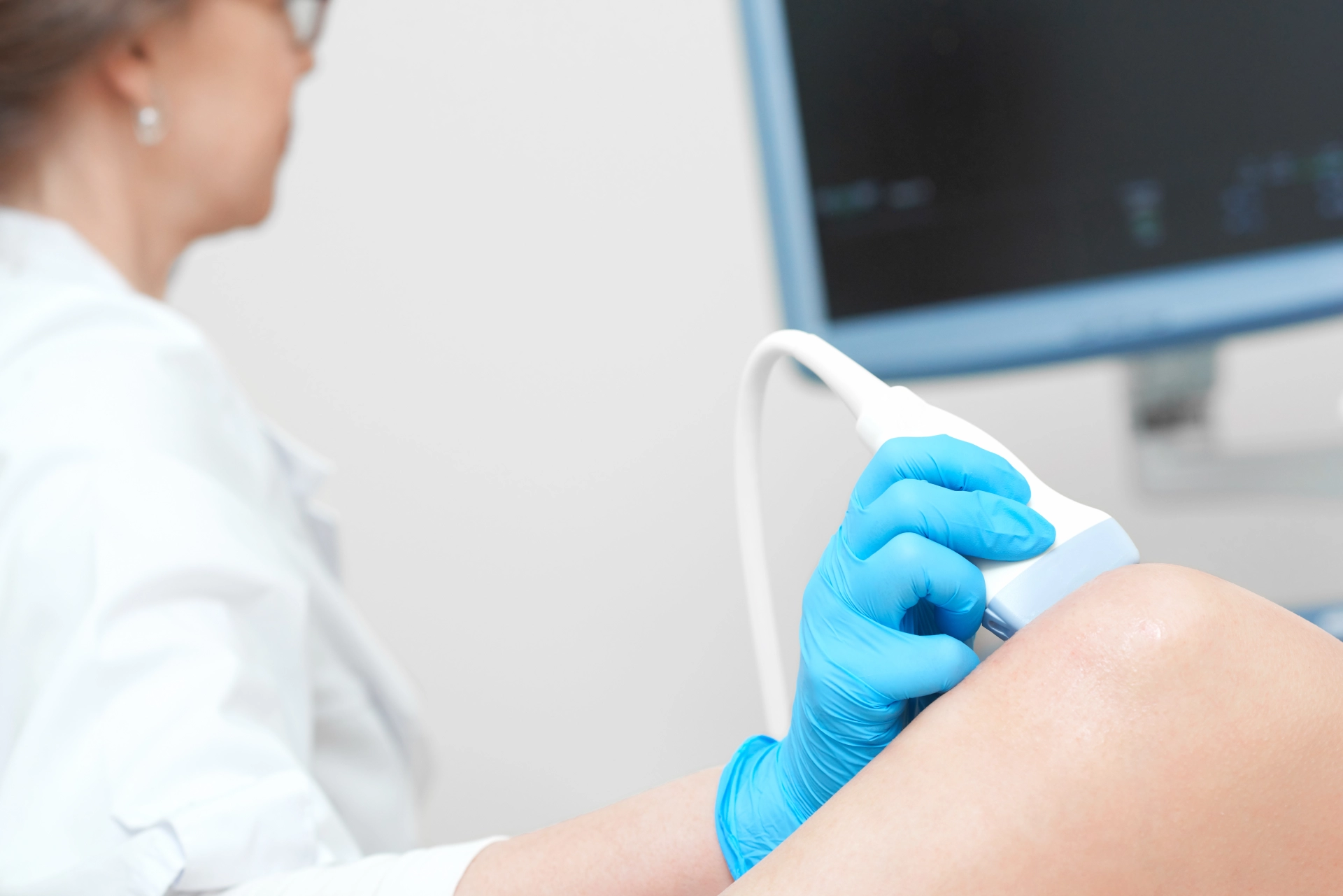Rheumatoid Arthritis
10 August 2025
Rheumatoid arthritis is a chronic autoimmune disease that primarily affects the joints, causing inflammation, pain, swelling, and gradual joint damage. The disease can affect not only the joints but also internal organs like the heart, lungs, and blood vessels. The causes of rheumatoid arthritis are not yet fully understood, but it's believed that genetic predisposition, environmental factors like viral infections and smoking, and immune system disorders can contribute to the disease's development. The immune system mistakenly begins to attack its own tissues, especially the synovial membranes of the joints, causing inflammation and damage. The disease is more common in women, especially between the ages of 30 and 60, but it can also begin in childhood, starting as early as age 2.
Initial symptoms include joint pain, morning stiffness, swelling, redness, and restricted movement. Generally, the earlier the onset of the disease, the more aggressive its course, leading to irreversible deformities and even the development of joint contractures. Rheumatoid arthritis that begins in childhood is called Juvenile Rheumatoid Arthritis, which can manifest as rheumatoid vasculitis (inflammation of blood vessels), leading to internal organ damage. The disease usually starts in the small joints of the wrists and feet and can spread to other joints. Involvement of the spine is not typical in rheumatoid arthritis, although the atlantoaxial joint in the neck can be affected.
Diagnosis of rheumatoid arthritis is made through clinical symptoms, laboratory blood tests (e.g., rheumatoid factor, anti-CCP antibodies, C-reactive protein), and X-ray or ultrasound examinations. Early diagnosis of the disease is very important, as the earlier treatment begins, the better the chances of achieving stable remission. If a patient’s complaints have been present for less than 5-6 months, an X-ray is not informative; in this case, a joint ultrasound and anti-CCP antibody test are recommended.
Treatment is primarily aimed at reducing inflammation and preventing joint damage. Non-steroidal anti-inflammatory drugs, corticosteroids, and disease-modifying drugs such as methotrexate, leflunomide, and biological therapies like TNF inhibitors and IL-6 inhibitors are used. Although rheumatoid arthritis cannot be completely cured, modern therapy makes it possible to control the disease, keep it in a mild phase, and improve the patient's quality of life. Biological therapy can free the patient from long-term corticosteroid use and prevent the development of drug side effects. A healthy lifestyle, physical exercises, and joint care are also important in the treatment process.









